
As the flowers bloom and the sun shines a little brighter, it's the perfect time to refresh your home. Spring cleaning can seem like a huge undertaking, but with a clear plan, you’re more likely to break it down and complete it! Whether you're a seasoned home organizer or just looking for a fresh start, our spring cleaning checklist will help you transform your home into a clean, organized comfort.
Our spring cleaning checklist covers every major area in your home. Start with an outline of tasks to get a sense of what you'll be tackling. Remember, you can modify the list to fit your home's needs. To assist you further, we will provide room-by-room guides that include tips and tricks to make your cleaning as effective and efficient as possible.
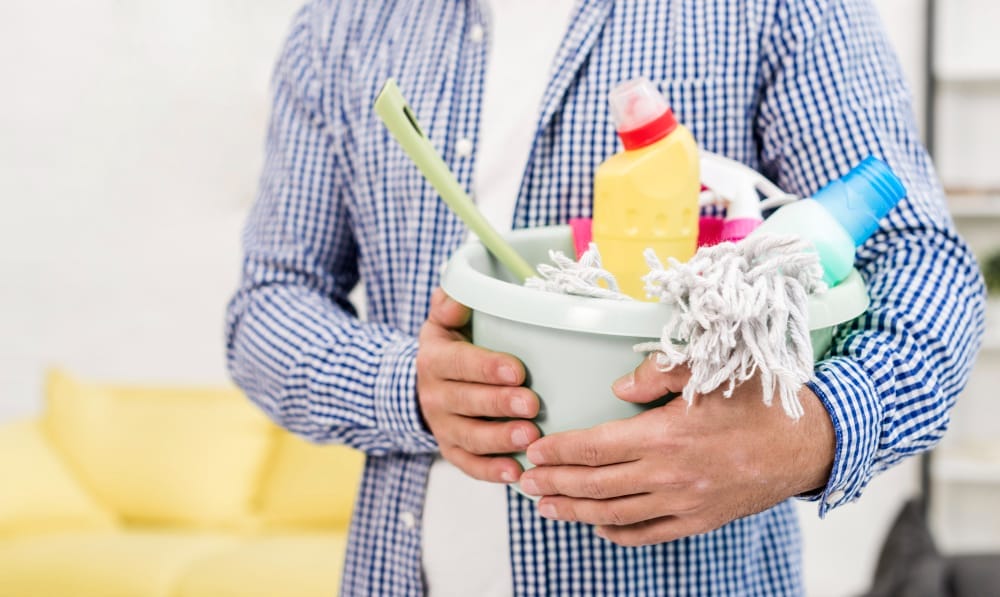
Each room in your home serves a unique purpose and requires specific organizing strategies. Here's how to tackle spring cleaning in the most commonly used areas.
The heart of the home, and probably one of the most used and messy rooms.
This is where you relax and entertain, so it's important to create an inviting space.
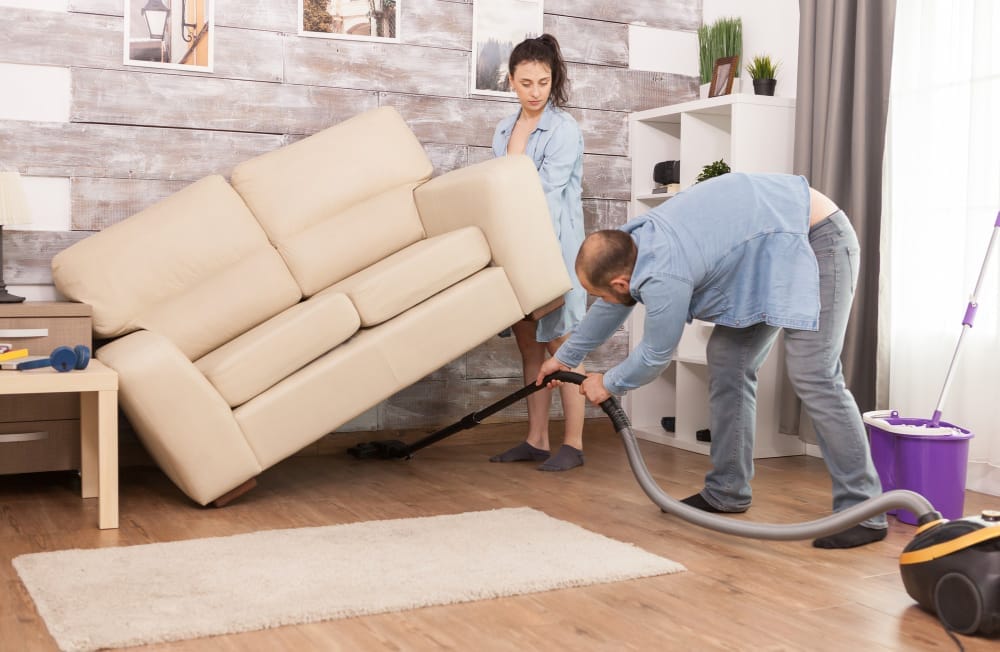
A clutter-free and comfortable bedroom is essential for a good night's sleep and a calm start to your day.
This highly functional room can turn into a spa-like oasis with the right cleaning and organizing efforts.
With more people working from home, it's crucial to keep this space organized and conducive to productivity.
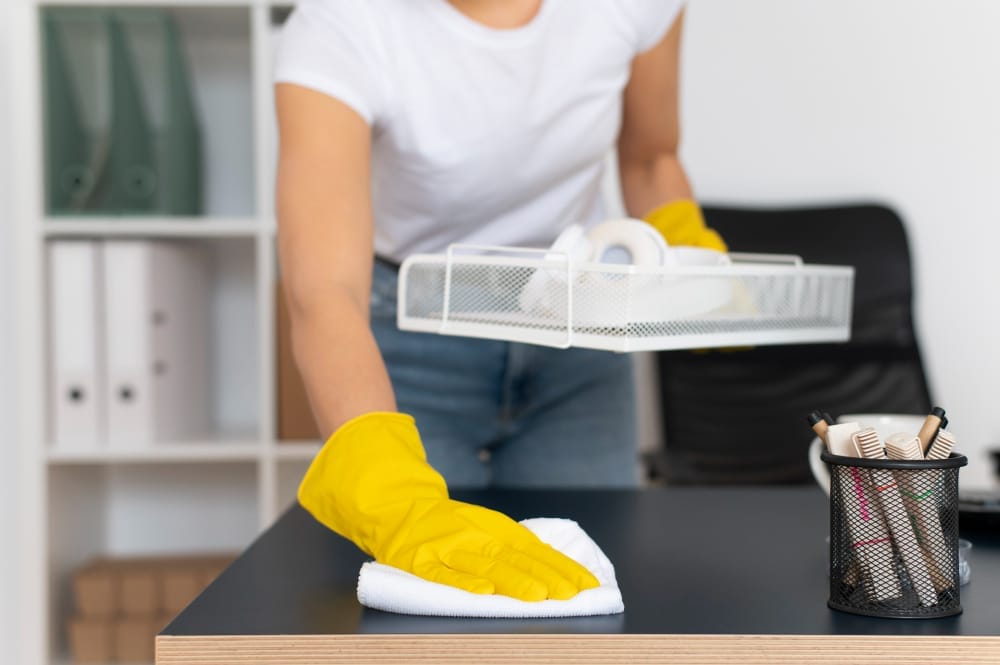
Some areas of your home, while not as visible, are just as important to include in your spring cleaning regimen.
This is your opportunity to welcome the sunshine into your home.
Deep cleaning your floors can greatly improve the overall cleanliness of your home.
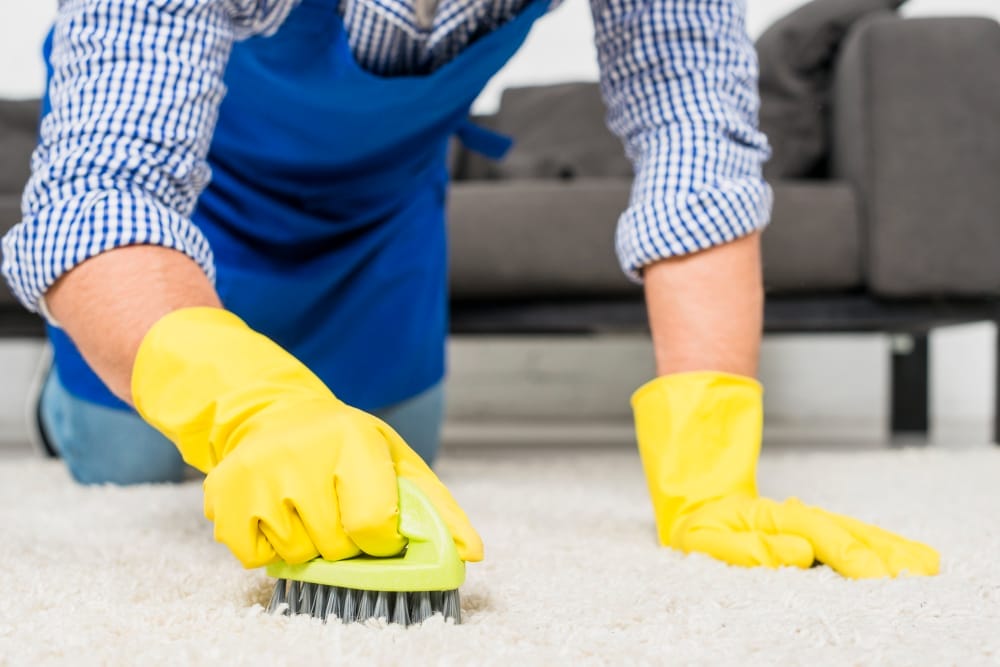
Tackling your storage areas can greatly minimize clutter and make your daily life more manageable.
Finishing touches can make all the difference in the feeling of your home.

Remember, the most important thing is to start, and with every step you take, your home will feel more refreshed. Once your spring cleaning checklist is complete, maintaining this level of cleanliness can be easier. Simple daily habits, like washing dishes right after meals and doing quick tidying sessions, will help you keep your home in the state you love.
However, if you find yourself in need of deeper cleaning or restoration services, Bio-One of Chula Vista is here to help. Happy cleaning!

A home's scent, oftentimes lingering beneath the surfaces of its decor, speaks volumes about the residents' attention to detail and their care for the space they reside in. Whether you're a homeowner, pet lover, or simply an enthusiast of the oasis that home should reflect, our blog is crafted for anyone who wishes to return to a fragrant, welcoming abode each day! Here are our expert tips on how to deodorize your home, divided into four easy-to-remember sections.
Success in maintaining a fresh home lies in consistent effort—that means setting daily tasks like making your bed and wiping down surfaces, engaging in weekly rituals such as vacuuming and mopping, and ensuring monthly deep cleans for areas often overlooked.
Cleaning doesn’t have to be arduous. Discover how turning chores into a time for personal reflection, combining tasks with entertainment (podcasts, anyone?), and enlisting the whole family can lighten the load and even add a touch of enjoyment to a necessary routine.
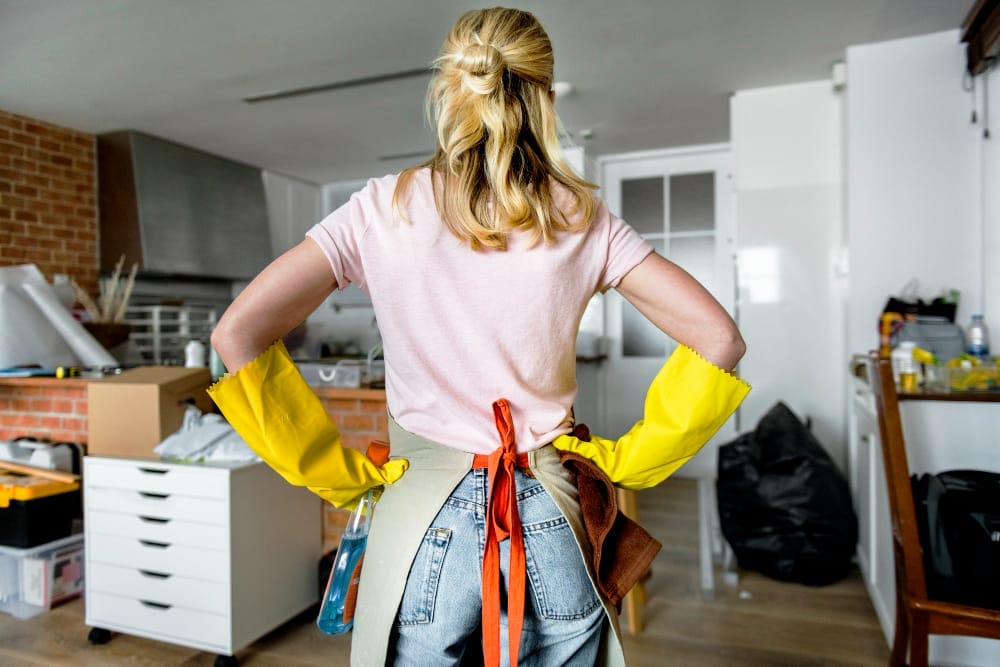
Furry friends are part of the family, but they do introduce a set of odor challenges. Learn how to deodorize your home and keep pet areas clean and odor-free with strategic placements of bedding, the right cleaning schedules, and habits for pet hygiene. From enzymatic cleaners to deodorizing sprays, there are myriad products designed for pet households.

Don’t want last night’s fish dinner to leave a legacy? Cooking can fill your home with a tapestry of aromas, though not all are welcome to linger. Combat stubborn cooking smells by boiling a pot of water mixed with citrus peels or vinegar, which can neutralize odors effectively.
The kitchen trash can is often a battleground for odors. Keep it fresh by sprinkling baking soda at the bottom of the bin and regularly taking out the trash to prevent lingering odors from seeping into your home.
Bathrooms can be particularly difficult to keep smelling fresh, but we've got the know-how to make yours an oasis of cleanliness. Using a combination of baking soda and vinegar can work wonders in removing tough grime and neutralizing odors. Additionally, keep the air moving with proper ventilation; a fan or even a slightly opened window can significantly reduce moisture levels.
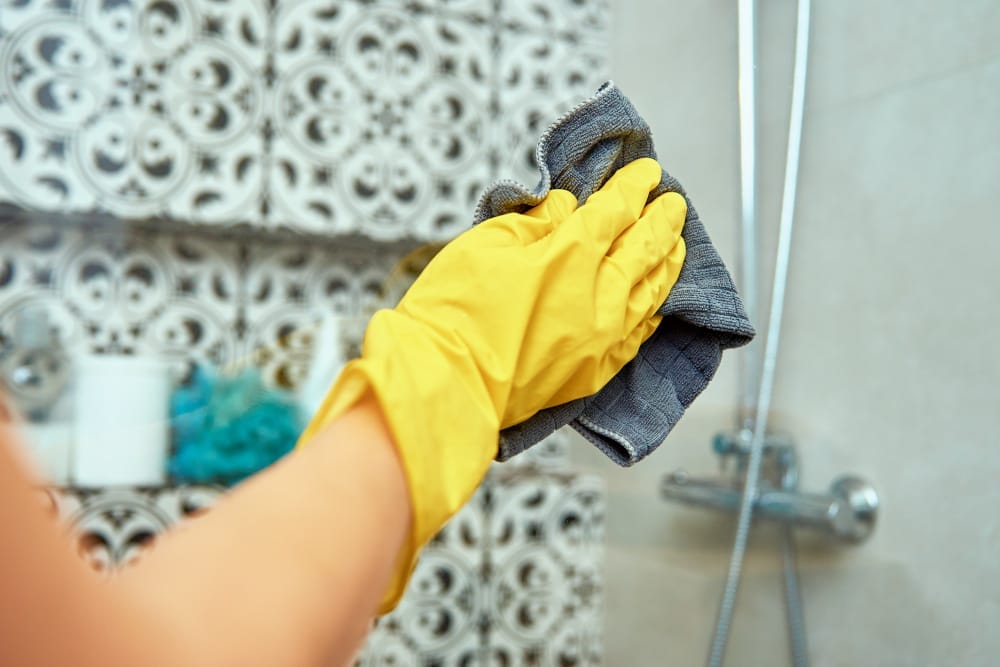
For those who prefer a more hands-on approach, we've curated a selection of household items that double as odor eliminators. Harness the power of baking soda, vinegar, and more to freshen your home effortlessly.
Proper ventilation can transform your home's atmosphere. From simple habits like opening windows at strategic times to using exhaust fans, this section provides the blueprints for efficient air circulation.
Sometimes, a little technological intervention can go a long way. Uncover the mysteries of air purifiers and how they not only improve air quality but also eliminate odors.
Even with the best strategies and techniques, persistent odors can sometimes indicate a more serious issue. If this is your case, or you simply feel unsure how to deodorize your home, Bio-One of Chula Vista offers professional odor removal services that target the root cause, leaving your house smelling fresh and clean! Learn about our specialized equipment and methods for eliminating stubborn odors caused by mold, bacteria, and other contaminants.


Selling a house isn't just a financial transaction; it's a meticulous dance of presentation and perception. One of the most significant factors that can sway a potential buyer is the cleanliness and tidiness of your home. A sparkling, well-kept house not only showcases its potential but also helps establish a positive association that stays with visitors long after they've left. But where to begin, and how to ensure you’re not missing any crucial spots? Fear not, homeowners, real estate agents, and all DIY enthusiasts, for we are here to take you through the best cleaning tips for selling a house.
We’ll cover the entire spectrum of decluttering, deep cleaning, enhancing curb appeal, taking care of maintenance and repairs, and staging it to perfection. Whether you're preparing to sell your beloved abode or readying a client's property for the market, these tips will steer you toward success.
Before getting into the nitty-gritty of grime-fighting, it’s best to start with decluttering — an essential step that can make your space more inviting and highlight its size and potential. Here’s how to declutter effectively.
Create a Sorting System
To tackle decluttering, begin with a sorting strategy. Designate three areas in each room for items to keep, donate, and throw away. Be ruthless in your decision-making; remember, less is more when showcasing your home!
Room by Room
Work through your home methodically, room by room. Start with the area that feels the most overwhelming to get the hard part out of the way. This often means beginning with storage spaces like closets and pantries.
The Art of Organization
Invest in storage solutions that not only keep items out of sight but also add to the aesthetics of the room. Simple and consistent storage, such as clear stackable containers, allows potential buyers to see the available space without being distracted by clutter.
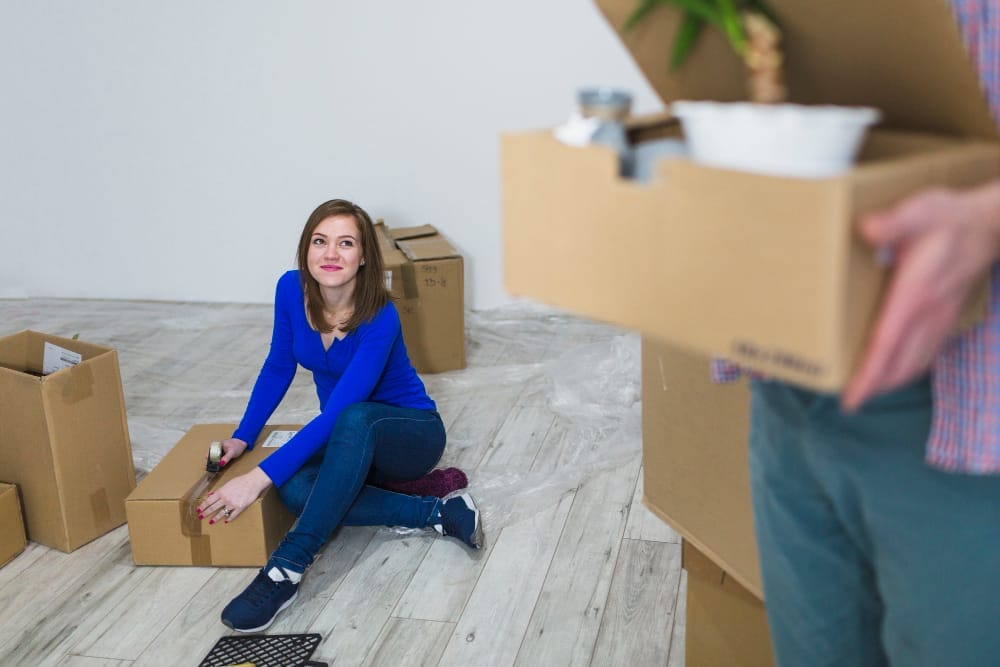
Here is your room-by-room cleaning tips for selling a house:
The Kitchen
Begin with the heart of the home. Clean the oven, microwave, and refrigerator thoroughly, paying attention to both interiors and exteriors. Wipe down cabinets and walls, and don’t forget to sweep and mop those hard-to-reach areas under appliances.
Bathrooms
Treat the bathroom as a personal spa. Polish faucets and showerheads to eliminate water spots, deep clean the toilet inside and out, scrub the tub and shower to remove any built-up residue and ensure floors and walls are spotless.
Living Spaces
For your living room, dust all surfaces, vacuum furniture, and wash pillow covers. In any office or entertainment space, organize cables and dust electronics. Finally, give special attention to windows — streak-free glass can make a room feel brighter and more open.
Bedrooms
In bedrooms, launder bed linens and make sure pillows and mattresses are clean and fresh. Dust all surfaces, including behind furniture, and vacuum or steam carpets. If possible, open windows to allow fresh air in and remove any trapped odors.
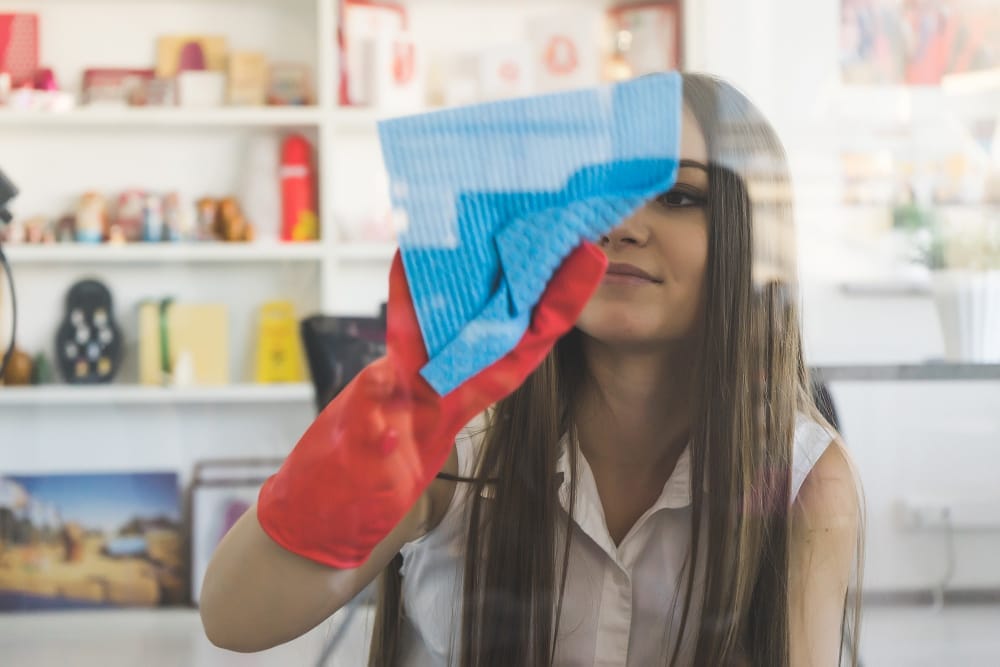
Your home's exterior is the first thing potential buyers will see, so it's critical to make a good impression. Here's how to ensure your home’s facade is as spotless as your interior.
Wash Your Walls
Use a pressure washer to clean the exterior walls; this is especially crucial if your home has siding. A thorough cleaning can make years' worth of dirt and grime disappear, instantly freshening up the look of your home.
Tend to Your Garden
A well-manicured garden is a significant selling point. Pull weeds, mow the lawn, trim hedges, and, if seasonally appropriate, plant flowers that complement your home’s aesthetic. You want to create an atmosphere that’s both serene and well-tended.
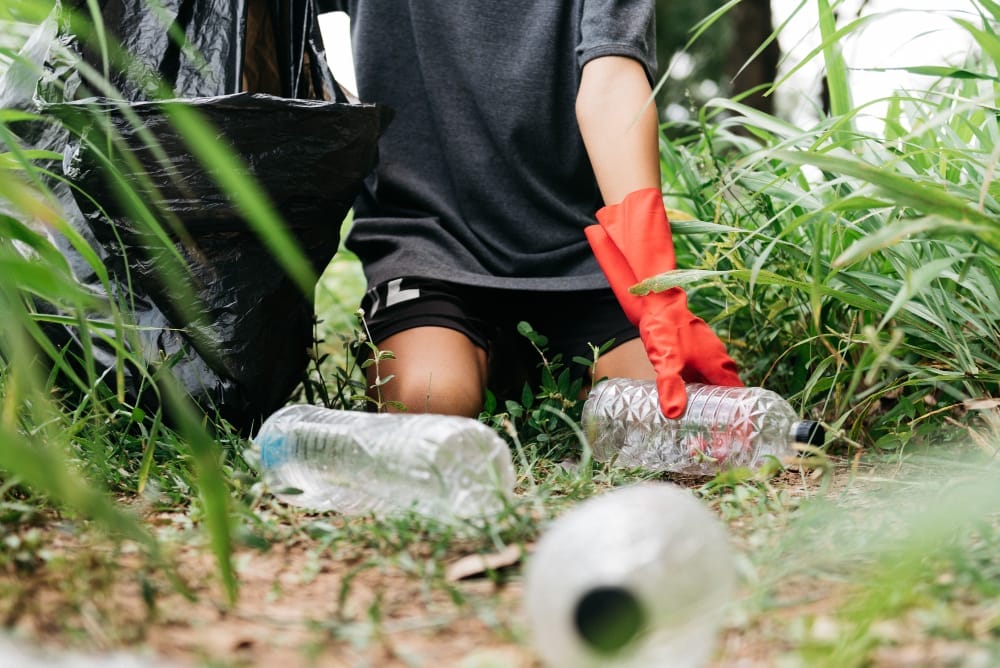
Polish Pathways and Driveways
Rental or buy a power washer and clean your driveway and pathways. This not only removes unsightly stains but also enhances safety by providing a clean, slip-free surface for foot and vehicle traffic.
Outdoor Spaces
If you have a patio or deck, clean and arrange your outdoor furniture to showcase potential entertaining spaces. Even if it's too cold for al fresco dining, having these spaces staged serves as a visual cue to the lifestyle opportunities your home offers.
Buyers often look for reasons to negotiate the price down, so make sure you've taken care of all minor repairs.
Repair Minor Issues
Walk through your home and look for any issues that might detract from its appeal. This includes leaky faucets, chipped paint, squeaky doors, and any broken fixtures. Taking the time to repair these will show the house as move-in ready.
Addressing Structural Concerns
If your house has more significant issues, such as a leaky roof or a sagging fence, it’s essential to address them before listing. While the repair may seem costly, it can preserve or even elevate the value of your home, making it a worthwhile investment.
Cosmetic Fixes
In addition to repairing, consider cosmetic updates like repainting rooms in neutral, on-trend colors, updating cabinet handles and light switches, and replacing any outdated light fixtures. These changes can be done relatively quickly and can greatly enhance your home’s appeal.

Staging your home can be the final flourish that convinces buyers that your house is their next home. Focus on each room’s strengths and highlight them. If you have a feature that’s sought after, like a fireplace, make it the focal point of the room. For less impressive areas, use strategically placed furniture or décor to help buyers envision its potential.
While personal touches can add character, the space should remain as neutral and clean as possible. This means removing all personal items like photos and keeping everything clean and free of clutter. The goal is to allow potential buyers to envision themselves living in the space.
We hope you can benefit from our cleaning tips for selling a house. If you find yourself needing further assistance, professionals are just a call away. Consider outsourcing services like window washing, carpet cleaning, and if it’s needed, the daunting task of biohazard remediation. Companies like ours at Bio-One of Chula Vista specialize in making the transition from one household to the next as seamless and straightforward as possible.
With our expertise, you can guarantee a clean handover of the keys, and a triumphant last impression to leave on your old home. Happy cleaning, and best of luck with the sale of your home!


In the shadow of a growing fentanyl crisis, understanding the role of Naloxone as a lifeline is more critical than ever before. Fentanyl, a synthetic opioid, is a potent and fast-acting drug that is 50 to 100 times more potent than morphine. This potency, coupled with its availability through illicit drug markets, has led to a surge in overdoses globally.
The frighteningly high statistics of fentanyl-related deaths make the focus on harm reduction and emergency response strategies such as Naloxone administration a matter of great importance for healthcare professionals and the general public alike.
Disclaimer: The intention of this blog is purely educational, aiming to shed light on the critical aspects of fentanyl misuse and the life-saving potential of Naloxone in overdose situations. We are a fentanyl remediation and biohazard cleanup company dedicated to providing professional cleanup services in the aftermath of fentanyl or drug-related scenarios. Our focus on sharing this information is to contribute to awareness and understanding, not to substitute for professional medical advice or emergency response training.
Fentanyl, developed for medical use, has transcended into recreational drug abuse. It is often laced with other drugs, such as heroin or cocaine, creating amplified risks for those who use these substances without the knowledge that they contain fentanyl.
The co-presence of fentanyl in other opioids has not only made street drug ingestion more treacherous but also complicates the efforts of healthcare professionals to effectively treat overdoses. It's a silent killer that's leaving a trail of tragedy in its wake, with deaths increasing at an alarming rate.

Naloxone, sold under the brand name Narcan among others, is a medication used to block the effects of opioids, especially in overdose. It can help to reverse the breathing problems that can lead to death in those who have overdosed on fentanyl and other opioids. Often referred to as the "antidote" for opioid overdoses, Naloxone's role in saving lives is undisputed.

Naloxone works by competing with opioids to bind to the same receptors in the brain. However, Naloxone has a stronger affinity for these receptors. It effectively pushes the opioids off and reverses their effects, particularly those on breathing which could otherwise be deadly.
Naloxone is available in different forms, including injections and nasal sprays, making it an accessible tool in fighting the fentanyl crisis. The nasal spray, often favored for community distribution due to its user-friendliness, enables individuals without medical training to effectively and swiftly administer the medication in emergency overdose situations.
Many public health departments, community organizations, pharmacies, and healthcare professionals distribute Naloxone to the public to reduce the risk of overdose, especially among those at high risk, such as opioid users, their families, and friends. The U.S. Surgeon General has even issued an advisory encouraging more people to carry the medication and training on its use.
In all 50 states, pharmacies can provide Naloxone without a prescription. Education and training programs aim to teach individuals how to identify an overdose, respond to it, and administer Naloxone as needed. By removing access barriers, we can potentially save more lives.
Learn more: How to use a naloxone kit in the event of an overdose | UC Davis Health
If you are faced with the aftermath of a fentanyl scenario, it's imperative to seek professional remediation services. At Bio-One of Chula Vista, we can provide the necessary expertise to ensure the environment is safe for re-entry. Contact our experienced team for a free consultation in the San Diego County area. We are ready to help!

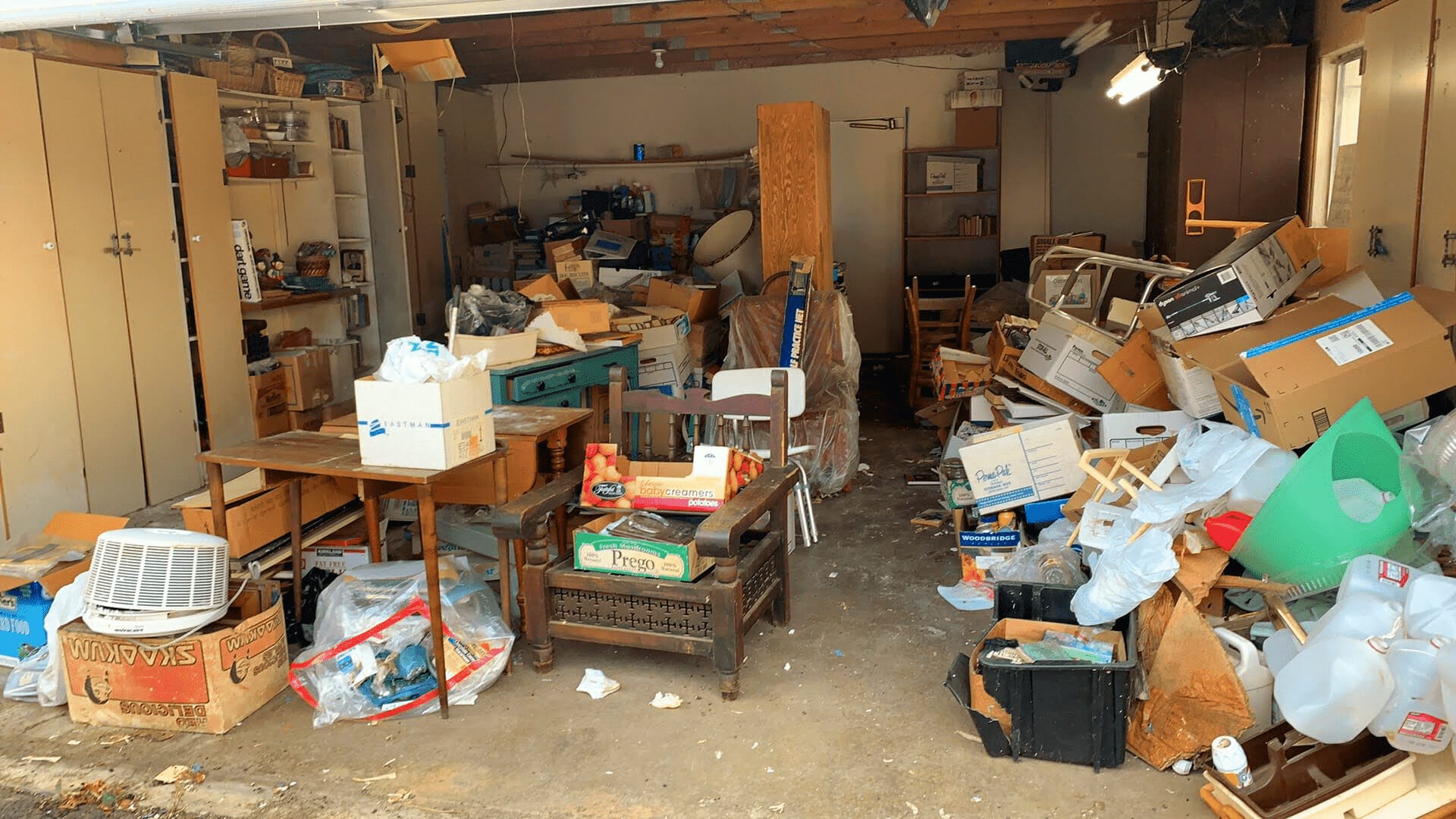
Individuals who hoard suffer from an intense need to acquire and keep things, which often results in cluttered and unsanitary living conditions. It is a tough subject to approach, but understanding the signs of hoarding behavior can be helpful in identifying hoarding tendencies in loved ones. In this blog post, we will discuss some of the common signs of hoarding behavior and what you can do to help.
One of the most significant signs of hoarding behavior is difficulty discarding items. Individuals who hoard may have trouble parting with even the most insignificant things, such as old newspapers and junk mail. They may keep everything that comes their way, making it difficult to navigate through their homes. They may even exhibit an intense emotional attachment to their possessions, making it even harder for them to let go.
Cluttered spaces are another telltale sign of hoarding behavior. Individuals who hoard tend to accumulate a great number of items, creating a disorganized and chaotic living space. It is often tough to navigate through these spaces, as the clutter can become a physical barrier and pose a health hazard.

Individuals who hoard may have difficulty maintaining a clean and sanitary living space, which can pose a health risk. They may also ignore basic home maintenance tasks, leading to structural damage and other hazards.
Emotional distress is another sign of hoarding behavior. Individuals who hoard may experience intense anxiety, depression, and shame over their possessions and living conditions. They may also become isolated from friends and family members, which can exacerbate the problem. If you notice that a loved one is experiencing emotional distress, it may be time to consider professional help.
Individuals who hoard may reject offers of help and be hesitant to seek professional assistance. Without intervention, the problem is likely to worsen over time. It is important for friends and family members to be patient but persistent in helping their loved one break through the cycle of hoarding behavior!
Hoarding disorder can be treated with a variety of therapies, including cognitive-behavioral therapy (CBT), supportive psychotherapy, and medication management. With treatment, individuals may learn to manage the urge to hoard and develop healthier patterns of behavior. Treatment is most successful when loved ones are involved in the process.
In conclusion, hoarding is a serious condition that can be challenging to address, and individuals who hoard may experience intense emotional distress and shame. Understanding the signs of hoarding behavior can be helpful in identifying hoarding tendencies in loved ones. If you notice that a loved one is exhibiting hoarding behavior, it may be time to consider professional help.
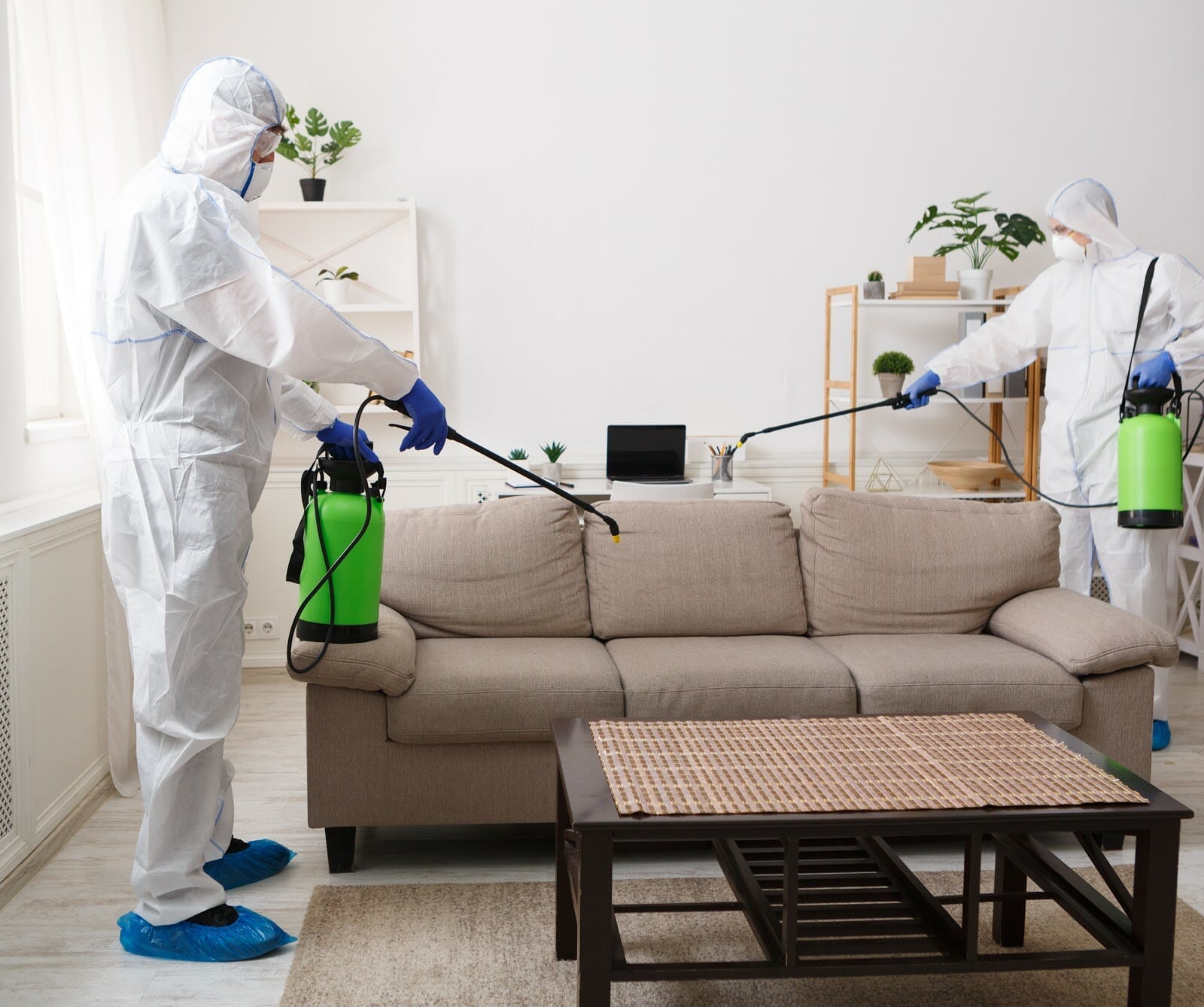
At Bio-One of Chula Vista, we offer compassionate and discreet hoarding cleanup services to help families and individuals navigate through these difficult situations. Contact us today for a free estimate for you or your loved one!

Mold, a type of fungus, is very common and it can grow anywhere, especially in damp and humid areas. It's part of the natural environment and we can't prevent it from growing. Indoors, however, the microscopic spores of mold can easily spread through the air and enter your home or office through doors, windows, and heating and cooling systems. While most types of mold are harmless, some can pose a serious risk to your health. In this blog post, we will discuss 5 facts you should know about mold in your home, and how it can affect your health and well-being.

Mold spores can trigger allergic reactions and asthma attacks in people who are sensitive to them. These reactions can cause symptoms such as sneezing, coughing, itchy eyes, and skin rashes. Long-term exposure to mold can also lead to more serious respiratory problems, such as chronic bronchitis and fungal infections.
Mold can grow in places that are not visible to the naked eye, such as inside walls, under floors, and behind cabinets. This makes it difficult to detect and eliminate mold growth in your home.
If you suspect you have mold in your home, here are some warning signs:
If left unchecked, mold can cause extensive damage to the structure of your home. Mold grows on many surfaces, to the point of rotting them. It can damage wood structures, deteriorate metal components, crumble drywall and insulation, and weaken foundations and ceilings.
Mold thrives in damp and humid environments, making your bathroom, basement, and kitchen prime spots for mold growth. If you have a leaking roof or plumbing issue, it can create the perfect breeding ground for mold. It's important to address any water damage or moisture issues in your home as soon as possible to further growth.
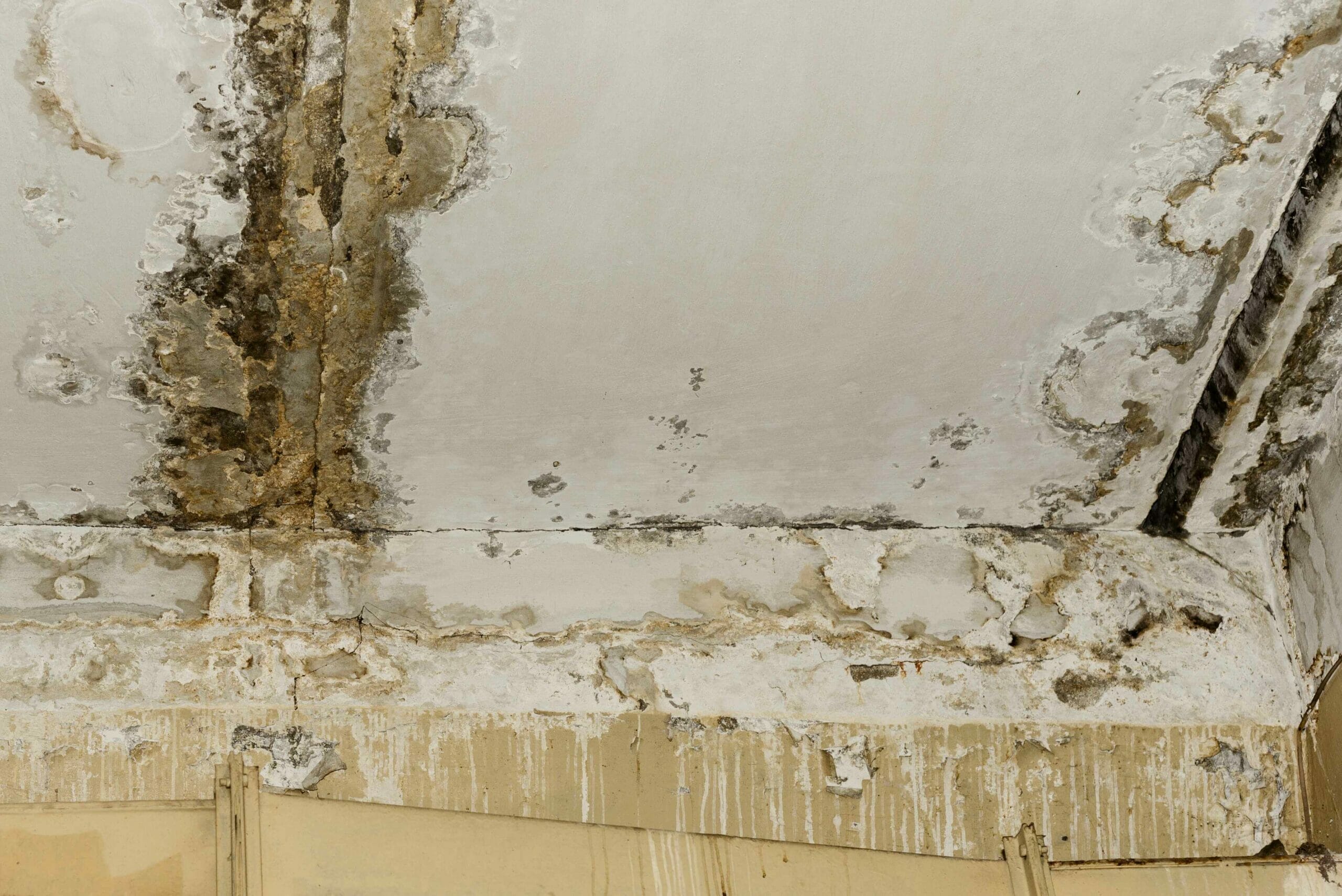
Stachybotrys chartarum, also known as black mold, is a particularly dangerous type of mold that can cause serious health problems. Black mold can grow in areas with high humidity and moisture, and it releases toxic spores that can cause respiratory problems as well as other severe health issues. If you suspect you have black mold in your home, the best thing you can do is call a professional to remediate the areas safely.
While it's tempting to try and remove mold yourself, it's important to call in a professional mold remediation company to ensure proper removal. DIY mold removal can often make the problem worse, as it can release more spores into the air and damage your property. Professional mold remediation companies are trained to properly identify and safely remove mold, as well as to prevent future growth.
Mold is a serious issue that can pose a risk to your health and well-being. If you suspect you have mold in your home or office, it's important to take action as soon as possible. Professional mold remediation companies like ours are available 24/7 to help you with all of your mold and water damage problems. Contact us today for a consultation and to learn more about our services and how we can help you protect your health and property.